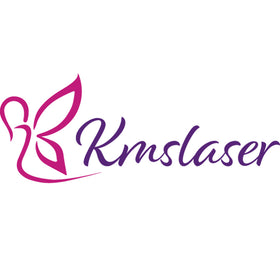Can Pressotherapy Replace Traditional Massage?
Comparing the Sensory Experience
Traditional massage and pressotherapy both offer relaxing, therapeutic experiences—but they feel quite different. A traditional massage involves human touch, variations in pressure, and techniques like kneading or stretching. It can be personalized in real-time based on how the client reacts. On the other hand, pressotherapy delivers rhythmic, consistent pressure using an air-inflated suit. Clients often describe it as a wave-like, deep tissue compression that helps them "decompress" physically and mentally. There’s no therapist physically present during the session—but the automation creates a structured, predictable rhythm many clients love.
Effectiveness: Circulation, Detox, and Muscle Relief
While massage is known for relaxing muscles and relieving localized tension, pressotherapy excels at stimulating the lymphatic and circulatory systems on a systemic level. The controlled compression encourages fluid movement from limbs toward the core, reducing swelling and promoting detox. The inclusion of infrared heat in modern systems like our PressLuxx enhances this further—helping increase microcirculation, break down fat deposits, and support tissue repair. Though it doesn’t replicate deep tissue manipulation, pressotherapy offers consistent lymphatic drainage and recovery benefits over time.
| Target Effect | Massage | Pressotherapy |
|---|---|---|
| Muscle tension | Excellent | Mild to moderate |
| Lymphatic drainage | Moderate | Excellent |
| Water retention / puffiness | Temporary relief | Rapid and long-lasting effect |
Business Perspective: Efficiency, Scalability, and Client Volume
From a salon or clinic owner’s point of view, pressotherapy offers significant advantages in terms of efficiency and operational flow. Traditional massage requires a certified therapist, often one-on-one per hour. Pressotherapy, however, allows one staff member to manage multiple clients simultaneously, thanks to the device's automation. This not only reduces staff workload but also increases treatment capacity and revenue potential. Machines like our infrared-enhanced PressLuxx model include programmable protocols, adjustable pressure levels, and optional EMS, making it ideal for spas aiming to serve more clients with consistent quality.
| Business Factor | Massage | Pressotherapy |
|---|---|---|
| Staff dependency | High (1 therapist per client) | Low (1 operator for multiple clients) |
| Treatment scalability | Limited | High |
| Service consistency | Varies by therapist | Device-controlled and repeatable |
Frequently Asked Questions (FAQ)
Q: Can pressotherapy fully replace massage?
A: Not entirely. It replaces the drainage and detox elements but not the deep muscle manipulation of manual massage.
Q: Is it better to alternate both treatments?
A: Yes, many clinics offer massage one week and pressotherapy the next for a balanced body protocol.
Q: Which treatment is more relaxing?
A: Pressotherapy is more uniform and passive; massage offers a more personal touch. Both are relaxing in different ways.
Q: Is pressotherapy suitable for all clients?
A: Yes, unless contraindicated (e.g. DVT or active infections), it suits all body types and goals.
Q: Where can I buy a scalable pressotherapy device?
A: Check out our full-body infrared model: pressotherapy system designed for clinics and salons.
Conclusion: A Valuable Complement, Not a Complete Replacement
While pressotherapy may not replace the human touch of massage entirely, it provides unmatched lymphatic benefits, consistency, and clinic efficiency. For salons aiming to serve more clients while delivering real wellness outcomes, it's an ideal addition—and





